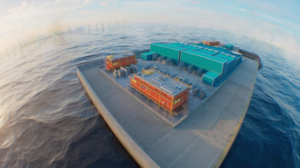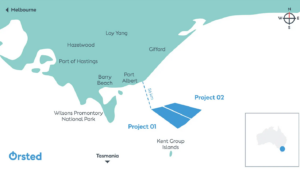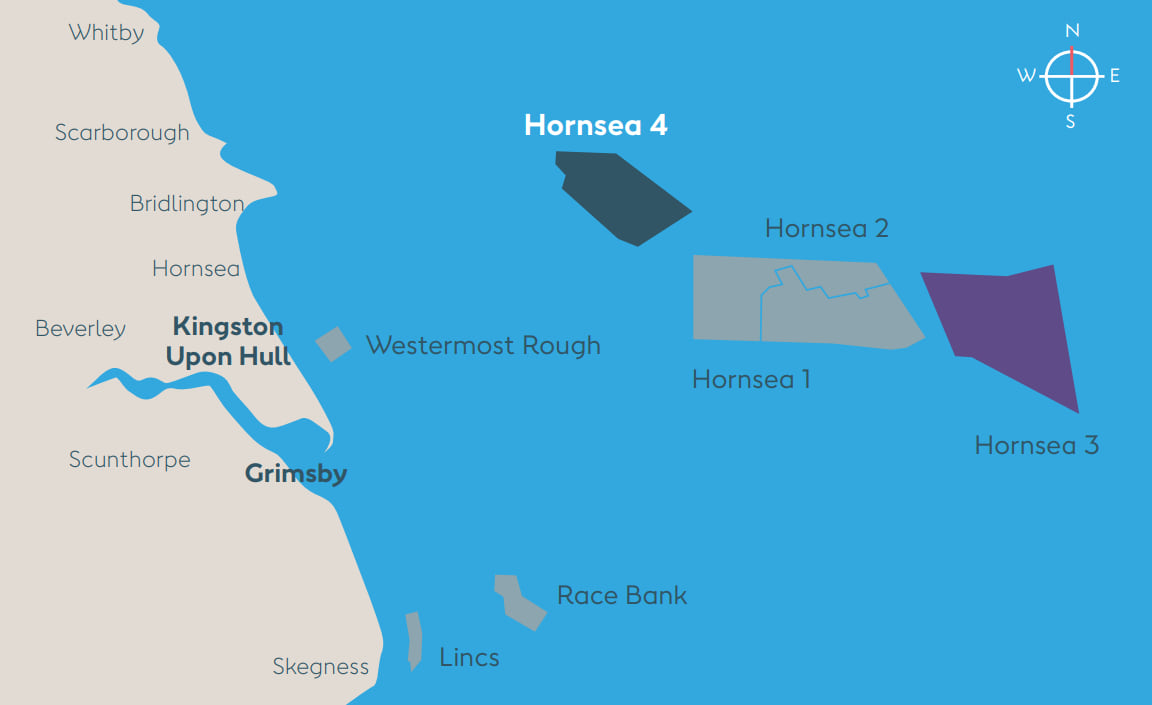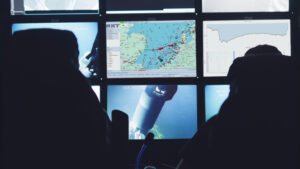Whale Detection Tech Debuts on Block Island Wind Farm
The University of Rhode Island (URI) has developed and deployed an acoustic device to detect whales near the Block Island offshore wind farm.
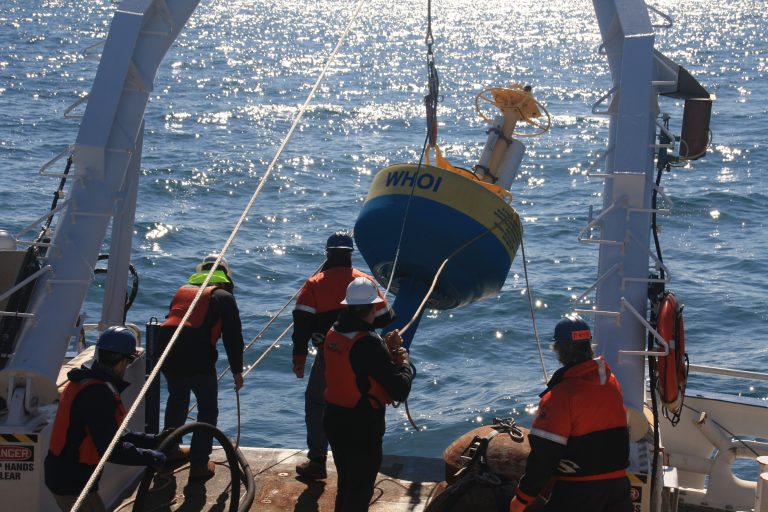

MARIMBA (Marine Mammal Monitoring at Block Island Using Acoustics) was developed by six ocean engineering students who deployed it in close vicinity of the 30MW offshore wind project.
“What we were trying to do was detect marine mammals acoustically, using a hydrophone underwater that listens for the sounds of marine mammals, then sends those sounds to a server we have on campus, and we can listen to them live or record them,” said Luke Puk, one of the students.
Baseline measurement of the underwater noise in the vicinity of the project was collected in November to determine the optimal location of placing the device.
After spending the winter engineering all of the elements of the device and the communications platform, two units were deployed for two weeks in late March and early April.
The students retrieved them from R/V Endeavor on 12 April and also collected oceanographic measurements and samples of the seafloor sediments to understand the environment from which the device was operating.
According to URI, the biggest challenge was working from a prototype created by another team of students a year ago, but this year’s group had little understanding of the previous software and electronics.
“We knew that the further offshore we went, the better it would be to hear marine mammals,” said Max Fullmer, project participant.“But we also had to be within range of the Verizon cell network. And we had to make sure it would work using the cell network over satellite internet, because it’s way cheaper that way.”
The 30MW Block Island offshore wind farm comprises five GE Haliade 150-6MW turbines which went online at the beginning of 2017.


